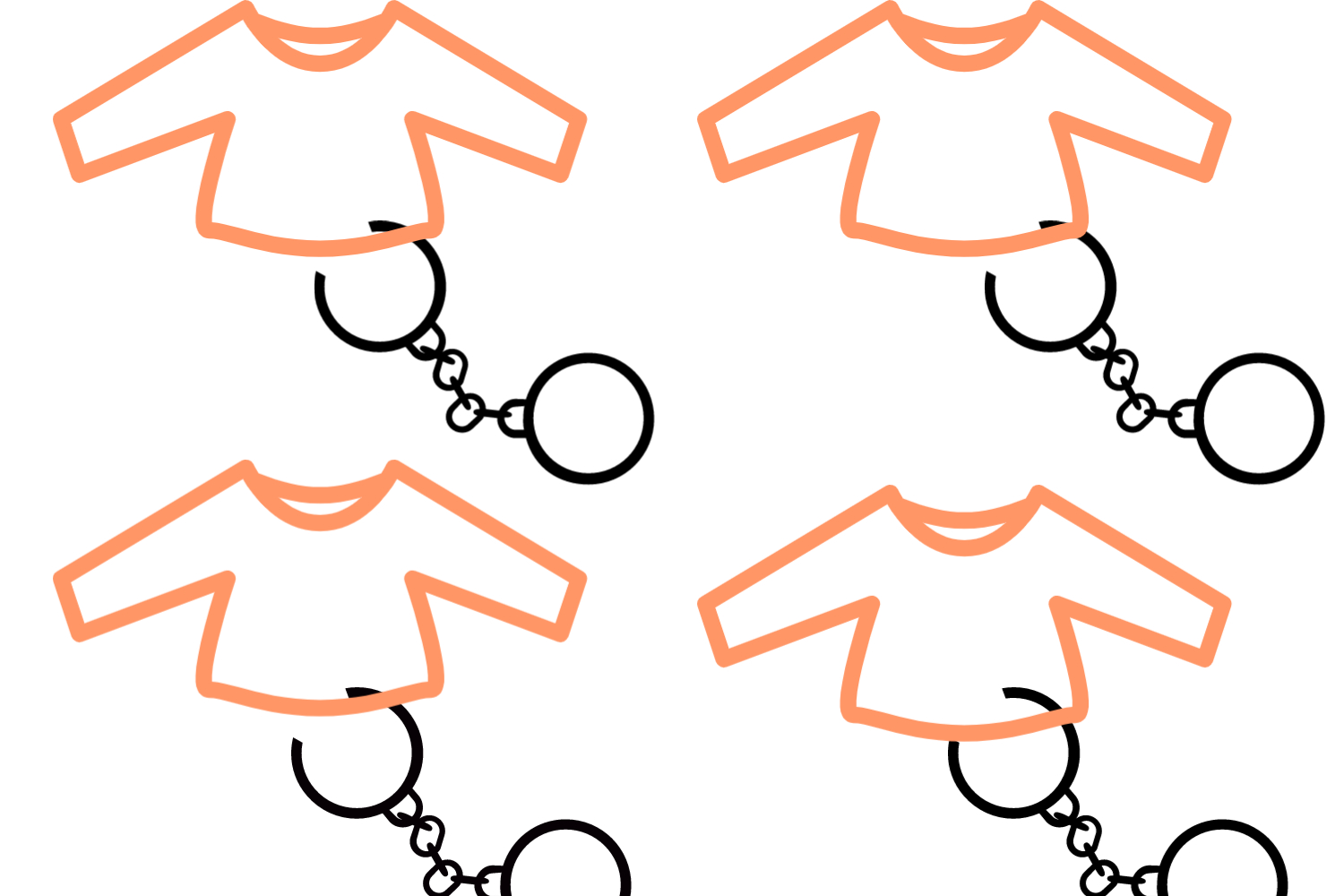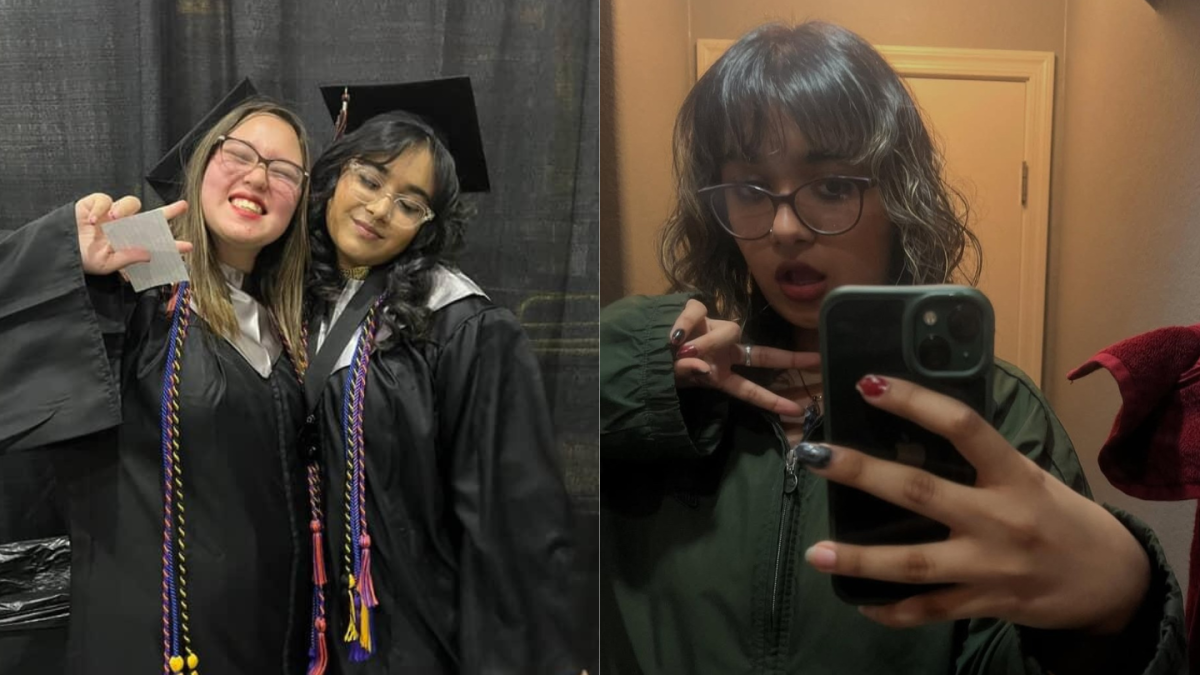EDITORIAL: The dress code is outdated – change needs to happen
An open discussion with students could solve the long list of misogynistic issues
The decade-old dress code has concerned student thought for as long as it existed – the misogynistic code is based on standards that are years old but still are dictating what students wear in school. Art Credit: Ahmed Ahmed
January 24, 2022
Protests like the one at Shadow Ridge High School a few months ago, where some students were cited for wearing “political clothing,” have brought forward issues with CCSD’s dress code policy. Though the issue has been largely dormant, there is a growing outcry over the current policies, which haven’t been revised since 2010. CCSD must take the time to adjust them, and progress the dress code to fit society now, not society ten years ago.
Under the current dress code policy, rules like requiring shorts and skirts to be at least arm length or six inches above the knee make the policy inequitable. If a student has shorter arms or legs, they are more likely to not be cited for a dress code violation, and, conversely, many tall students are targeted and dress coded for minor infractions. Although some people state the dress code creates a “professional environment,” we still deserve to be able to express ourselves through our appearance.
Moreover, what’s wrong with showing shoulders or a stomach? Maybe 10 years ago wearing a crop top was considered scandalous for high school students. Now, however, citing women’s bodies as a “natural distraction” to boys is a misogynistic and outdated reason for a punishment. It not only puts disproportionate restrictions on girls, but by stating that more revealing clothing is distracting in the learning environment, puts less trust in boys in the classroom. After all, shouldn’t a boy be able to look past a girl’s clothing in a professional environment? It’s not a distraction if these types of clothing are being worn day-to-day and have become standard trends.
School districts like Alameda Unified have a new dress code that allows students to wear a variety of clothing articles while keeping necessary basics like “no hate propaganda” and “clothing that covers genitals.” There’s evidence that a less stringent type of dress code works – a high school in Illinois has adopted a new dress code to promote body positivity and it seems to be beneficial to the learning environment. Another district in California has relaxed their dress code and social benefits like body positivity have resulted.
So how can we change these outdated expectations? We can request to form a review committee with the CCSD Board of Trustees to change the dress code policy so it adheres to the new “generally accepted community standards” that have developed within the past decade. This committee would consist of students, parents, and teachers, none of which would have an overwhelming majority. Teachers and administrators are only doing what they are told by the district, so the changes have to come from CCSD, not local schools.
Ideally, debates and discussions on which rules to dismantle and retain would take place within the committee. Relaxing some rules while enforcing others would be a realistic result based on today’s social expectations. Allowing crop tops or ripped jeans could be a good place to start in order to ease into the changes.
Another step forward would be requiring teachers and administrators to explain WHY a student was dress-coded whenever they cite a violation. A brochure or pamphlet for administrators that visually describes the expectations could help to standardize the policy from school to school, given how large the district is.
So progress could be made little by little and there’s a lot of progress to make. It’s going to need a lot more effort than just a debate in a high school classroom, but CCSD just has to finally look past their decade old dress code and revise it.









